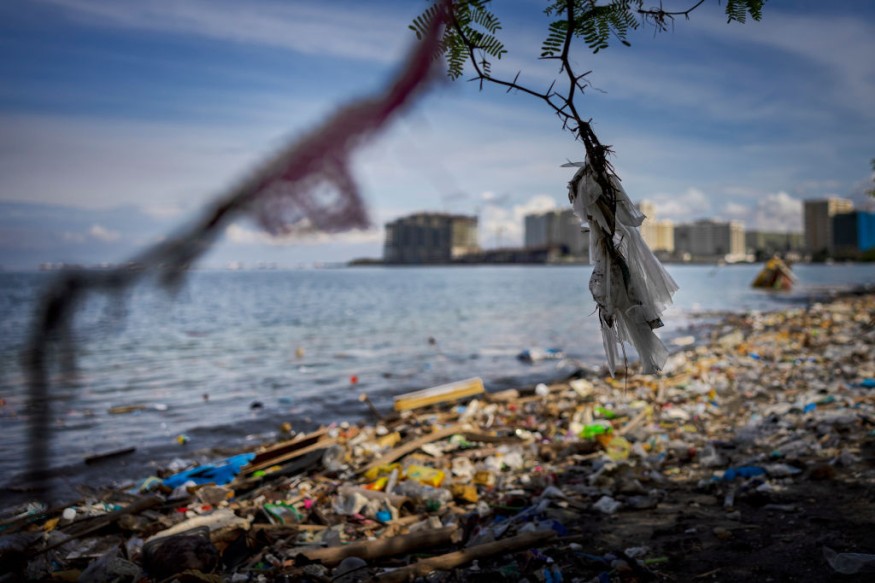A new study suggested that rotifers, a type of microscopic zooplankton found in both fresh and salt water around the world, can chew apart microplastics, breaking them down into even smaller, and potentially more dangerous, nanoplastics or particles smaller than one micron.

Each rotifer can produce between 348,000 and 366,000 nanoparticles every day, resulting in uncountable swarms of nanoparticles in our surroundings.
Threats Of Microplastics
Plastic is well recognized for being an extremely durable substance that can take up to 500 years to degrade. Tiny fragments of plastic bottles, packaging, and parts fall off as they age.
These microplastics have been discovered all over the world, from the summit of Mount Everest to the depths of the Mariana Trench, and according to recent research, they are present in the blood and heart tissue of many humans.
The issue is that microplastics pose unknown harm to the environment and human health, and they are changing ecosystems all over the world.
The smaller the plastic particle, the easier it is for it to spread, and the more there are of them.
In theory, each microplastic particle might be broken down into 1,000,000,000,000,000 nanoplastic particles.
Smaller size also means more surface area, which means they are more reactive and potentially more hazardous to human and other living species' health than microplastics.
While great attention has been paid to microplastics, there has been far less interest in studying nanoplastics, particularly how they are formed, which means we don't know how many nanoplastics are out there.
"Humans produce enormous amounts of plastics, and yet we don't have an effective way of recycling them. We began to wonder about nanoplastics and especially how they're produced," said Baoshan Xing, University Distinguished Professor of Environmental & Soil Chemistry at UMass Amherst's Stockbridge School of Agriculture and the paper's senior author.
Rotifers
Xing and his colleagues were curious about the role that living species might play in the formation of microplastics, especially since Antarctic krill appear to be capable of breaking microplastics down into smaller particles.
The team was especially interested in rotifers, of which there are over 2,000 different species worldwide.
They are plentiful-one of the lakes studied by other researchers contained almost 23,000 individual rotifers in every liter of water.
Furthermore, rotifers have a specialized masticatory apparatus called "teeth" that the researchers suspected may ground microplastics into smaller particles.
They discovered that all rotifers could absorb microplastics up to 10 micrometers in size, break them down, and excrete hundreds of nanoplastics back into the environment after exposing both marine and freshwater species to a variety of different plastics of varying sizes.
They calculated that rotifers in Poyang Lake in China could produce 13.3 quadrillion nanoparticles every day.
Scale this up to all of the oceans and fresh bodies of water that include both microplastics and rotifers, and the quantity of nanoplastic particles produced every day is staggering.
"It is known that nanoplastics can not only be potentially toxic to various organisms, they can also serve as carriers for other contaminants in the environment. Furthermore, the release of chemical additives in the plastic can be enhanced during and after the fragmentation," said Jian Zhao, professor of environmental science and engineering at the Ocean University of China and the paper's lead author.
© 2025 NatureWorldNews.com All rights reserved. Do not reproduce without permission.





